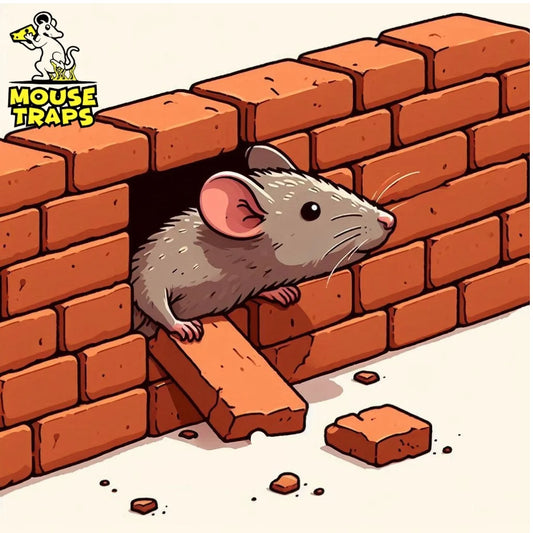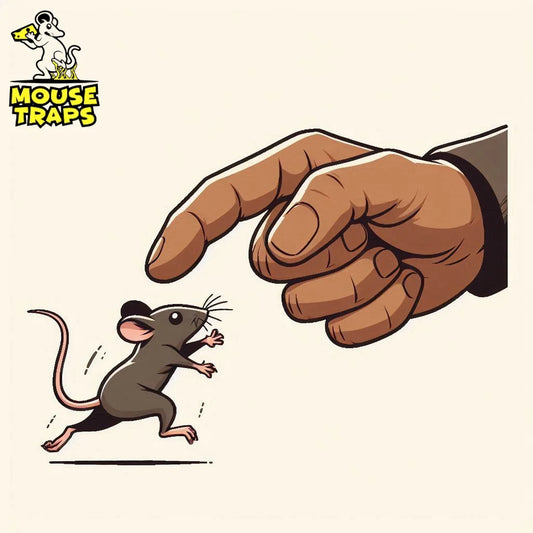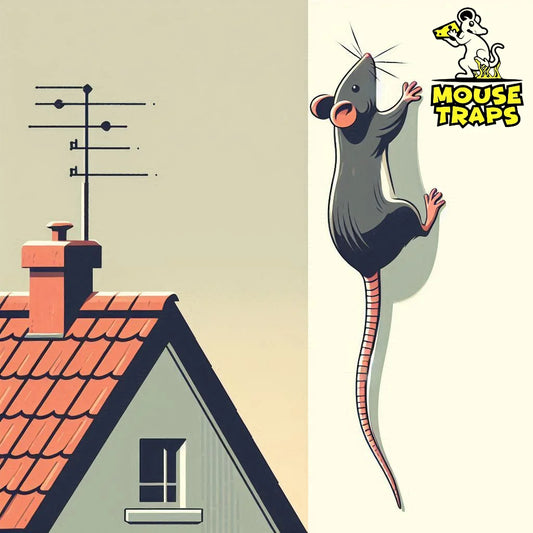You bought what looked like the best mouse trap, loaded it with tempting cheese, set it carefully, and...nothing. Your rat trap may look appealing or lethal, but it may be is not very effective in catching mice. The cheese is still there, untouched, and why the situation is like that? Why aren't your mouse traps catching any mice? Is your brain stuffed with these questions?, don't worry we're going to address these questions in this blog-post.
There could be a few reasons your traps aren't working well. Mice can be clever and wary of traps. But in many cases, it comes down to setting up and baiting the traps improperly. Not to worry, with some troubleshooting and trap setting tips, you can start catching mice soon. Below are some common reasons mouse traps fail to capture mice and tips to get your traps working effectively.
Wrong Trap Location
Mice feel safest traveling along walls and corners. If your traps are sitting in open spaces in the center of rooms, mice likely won't come across them in their usual paths. Place traps flush along walls, behind furniture and appliances, and in dark corners where you've spotted signs of mice. Focus on areas near their nesting spots and entry points.
Improper Bait

Cheese may seem like the quintessential mouse bait, but it often fails to attract mice to traps. Superior baits are peanut butter, chocolate, dried fruit, nuts, bacon bits, and oatmeal. The key is a soft, sticky bait that mice have trouble stealing from the traps. Avoid large chunks they can grab and run off with. Secure peanut butter or nut butter well into the bait cup or tray. To read about baiting in Detail you can click to read.
Stale Traps

If your traps have been sitting unused for a while, they may develop odors from storage that deter mice. Freshen traps by washing with soap and water, air drying thoroughly, then sprinkling with baking soda before using. Brand new traps are more effective than old stale ones. Discard and replace any damaged or rusted traps. You can click to buy new and effective traps to catch mice.
Overcleaned Area

Mice rely heavily on their sense of smell to find food sources and navigate. If you recently scrubbed an area with strong cleaners, the lack of smells may prevent mice from approaching the traps. Lightly clean the area first, then wait a few days before setting traps so normal smells return that will attract mice.
Pet Interference

Cats and dogs can unintentionally spring rodent traps without getting caught themselves. Place traps in locations pets can't access, like inside cabinets or high on shelving. Or use covered trap boxes that allow mice in but keep pets out. Trap interference by pets allows mice to avoid capture.
Trap Too Large
Oversized traps can be too intimidating and difficult to trigger for mice. They may lick the bait off without fully setting off the trap. Choose traps sized specifically for mice, about 3-5 inches long. Traps designed for rats are harder for mice to spring and give poor results.
Summary:
To catch mice effectively, strategic trap placement is crucial. Placing traps every 2 to 3 feet along walls in high-traffic areas where signs of activity are observed is a recommended strategy. Additionally, traps should be set close to walls as mice tend to stick to safer routes along them. Avoiding common mistakes, such as insufficient trap coverage and neglecting key areas, is most important for your success rate. Utilizing professional strategies, like those outlined in the sources, enhances the chances of trapping mice effectively.




